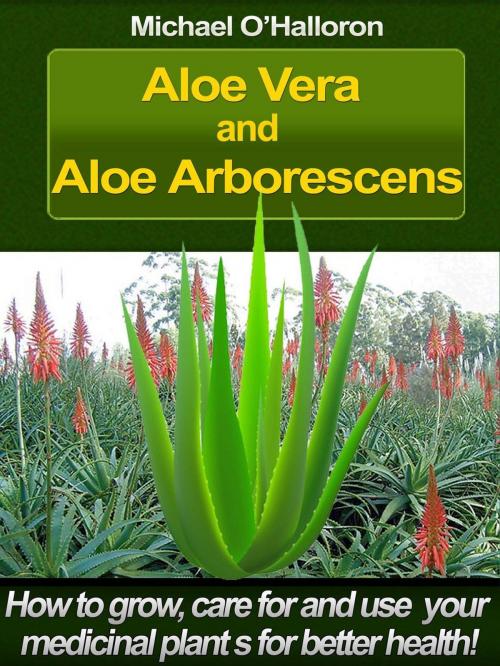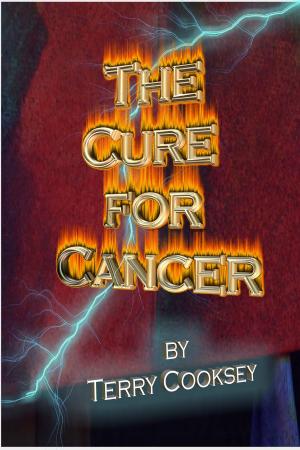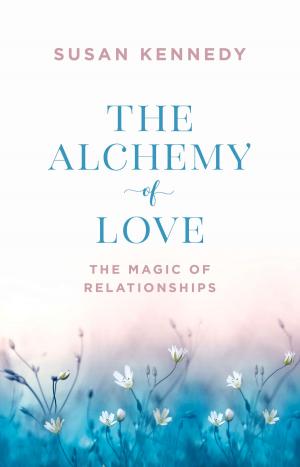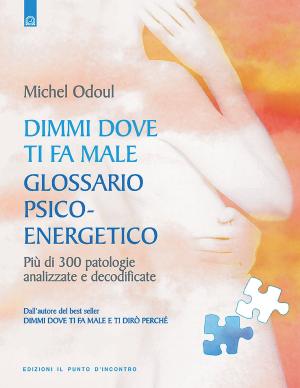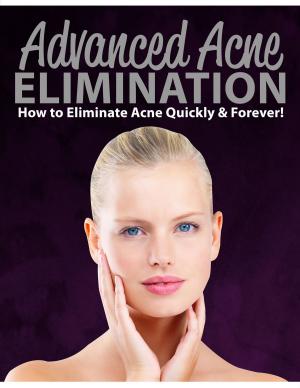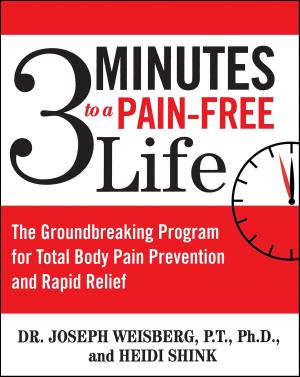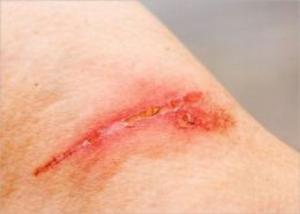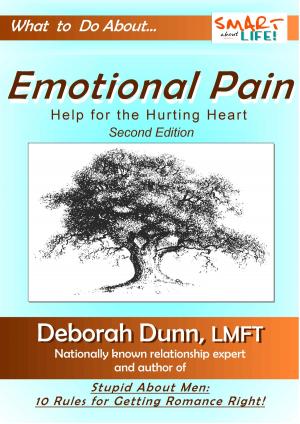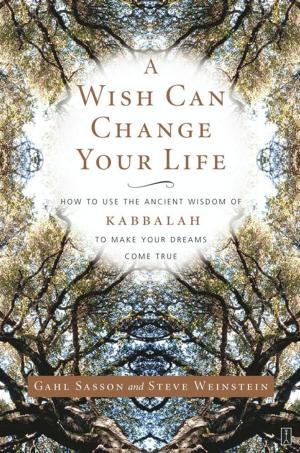Aloe Vera and Aloe Arborescens: How to Grow, Care for and Use your Medicinal Plants for Better Health!
Organic Gardening's, #4
Nonfiction, Health & Well Being, Health, Alternative & Holistic Health, Herbal Medications, Medical, Alternative & Holistic Medicine, Alternative Medicine, Healing| Author: | Michael O'Halloron | ISBN: | 9781519937506 |
| Publisher: | Five Fathom Publishing | Publication: | December 1, 2015 |
| Imprint: | Language: | English |
| Author: | Michael O'Halloron |
| ISBN: | 9781519937506 |
| Publisher: | Five Fathom Publishing |
| Publication: | December 1, 2015 |
| Imprint: | |
| Language: | English |
Aloe Vera and Aloe Arborescens
Most of us are familiar with the very popular plant known as Aloe Vera. Thanks to today’s world of advertising mediums, we are familiar with many of the products that contain or are based on Aloe vera. It seems that its many health benefits make it a must for everything from skin lotion to toothpaste and even latex gloves. We know it is used for conditions such as burns, skin rashes, cuts and bruises and other health related aides, but unfortunately it is seldom used to its full potential.
Aloe is replete with vitamins, minerals, and essential amino acids. Its impressive nutrient profile has been shown to lead to the following health benefits:
- Improved digestion
- Aids in detoxification
- Boosts the immune system
- Anti-Inflammatory
- Anti-Cancerous
- Helps with diabetes
- Great for your skin (when consumed internally and applied externally)
- Improved cholesterol
- Heart friendly
For these reasons alone Aloe vera is considered to be a bonafide superfood and many people consume it on a daily basis to maintain good health. It is simply a must in every modern household.
But let me ask you.
Are you aware of Aloe Vera’s sister plant that is almost twice as powerful?
Probably not!
The rest of the world knows of and uses this plant, but it is little known in the U.S.
This plant is credited with curing or repressing cancer and even HIV, as well as a host of other health problems from digestive disorders to a diabetes cure. Its biological name is Aloe Arborescens-but it is frequently called "The Miracle Plant!"
If you or someone close to you is combating a terrible health problem and is undergoing the traditional treatments, you should grab this information, digest it, verify it and either use it yourself or pass it on to them. What will you have to lose? A buck or two? When it comes to your health, time and money should mean little.
However, with the cost of healthcare ever on the rise, is it any wonder people are searching for alternative solutions to medical problems?
Many solutions have been around for centuries but have been forgotten and are only recently being re-discovered. For instance, the Aloe vera plant is described in detail in the Greek Herbal of Dioscorides (ca 70 AD), and its use promoted for the treatment of wounds, hair loss, genital ulcers, and hemorrhoids. By 600 B.C., Aloe had been introduced into the Persian, Arab and Indian lifestyles. They used it for both internal and external purposes. It was commonly referred to as the "lily of the desert" by their warriors who dried their compound, ground it into a powder to be carried with them for use.
In the Americas, the Mayan women used the plant to hydrate their skin and to wean babies. The Seminole Indians of the Florida region believed the Aloe was capable of rejuvenation and considered it the "fountain of youth."
Become aware of the basis behind these beliefs. In this book will discover things like:
- Learn about Aloe Vera and her sister’s potential as a medicinal aide.
- Learn how Aloe is used as a potential cure for Diabetes and Cancer and long list of other health problems.
- Learn the formula for this magical elixir.
- Learn how Aloe Vera can help your pets.
- Discover how to care for and grow these wonderful little plants.
- Try some recipes for the many uses of the Aloe plant.
- Learn to practice preventative care using Aloe.
Re-discover Aloe Vera and Aloe Arborescens for your own health and welfare. “Healthy Living in a Leaf.”
Aloe Vera and Aloe Arborescens
Most of us are familiar with the very popular plant known as Aloe Vera. Thanks to today’s world of advertising mediums, we are familiar with many of the products that contain or are based on Aloe vera. It seems that its many health benefits make it a must for everything from skin lotion to toothpaste and even latex gloves. We know it is used for conditions such as burns, skin rashes, cuts and bruises and other health related aides, but unfortunately it is seldom used to its full potential.
Aloe is replete with vitamins, minerals, and essential amino acids. Its impressive nutrient profile has been shown to lead to the following health benefits:
- Improved digestion
- Aids in detoxification
- Boosts the immune system
- Anti-Inflammatory
- Anti-Cancerous
- Helps with diabetes
- Great for your skin (when consumed internally and applied externally)
- Improved cholesterol
- Heart friendly
For these reasons alone Aloe vera is considered to be a bonafide superfood and many people consume it on a daily basis to maintain good health. It is simply a must in every modern household.
But let me ask you.
Are you aware of Aloe Vera’s sister plant that is almost twice as powerful?
Probably not!
The rest of the world knows of and uses this plant, but it is little known in the U.S.
This plant is credited with curing or repressing cancer and even HIV, as well as a host of other health problems from digestive disorders to a diabetes cure. Its biological name is Aloe Arborescens-but it is frequently called "The Miracle Plant!"
If you or someone close to you is combating a terrible health problem and is undergoing the traditional treatments, you should grab this information, digest it, verify it and either use it yourself or pass it on to them. What will you have to lose? A buck or two? When it comes to your health, time and money should mean little.
However, with the cost of healthcare ever on the rise, is it any wonder people are searching for alternative solutions to medical problems?
Many solutions have been around for centuries but have been forgotten and are only recently being re-discovered. For instance, the Aloe vera plant is described in detail in the Greek Herbal of Dioscorides (ca 70 AD), and its use promoted for the treatment of wounds, hair loss, genital ulcers, and hemorrhoids. By 600 B.C., Aloe had been introduced into the Persian, Arab and Indian lifestyles. They used it for both internal and external purposes. It was commonly referred to as the "lily of the desert" by their warriors who dried their compound, ground it into a powder to be carried with them for use.
In the Americas, the Mayan women used the plant to hydrate their skin and to wean babies. The Seminole Indians of the Florida region believed the Aloe was capable of rejuvenation and considered it the "fountain of youth."
Become aware of the basis behind these beliefs. In this book will discover things like:
- Learn about Aloe Vera and her sister’s potential as a medicinal aide.
- Learn how Aloe is used as a potential cure for Diabetes and Cancer and long list of other health problems.
- Learn the formula for this magical elixir.
- Learn how Aloe Vera can help your pets.
- Discover how to care for and grow these wonderful little plants.
- Try some recipes for the many uses of the Aloe plant.
- Learn to practice preventative care using Aloe.
Re-discover Aloe Vera and Aloe Arborescens for your own health and welfare. “Healthy Living in a Leaf.”
